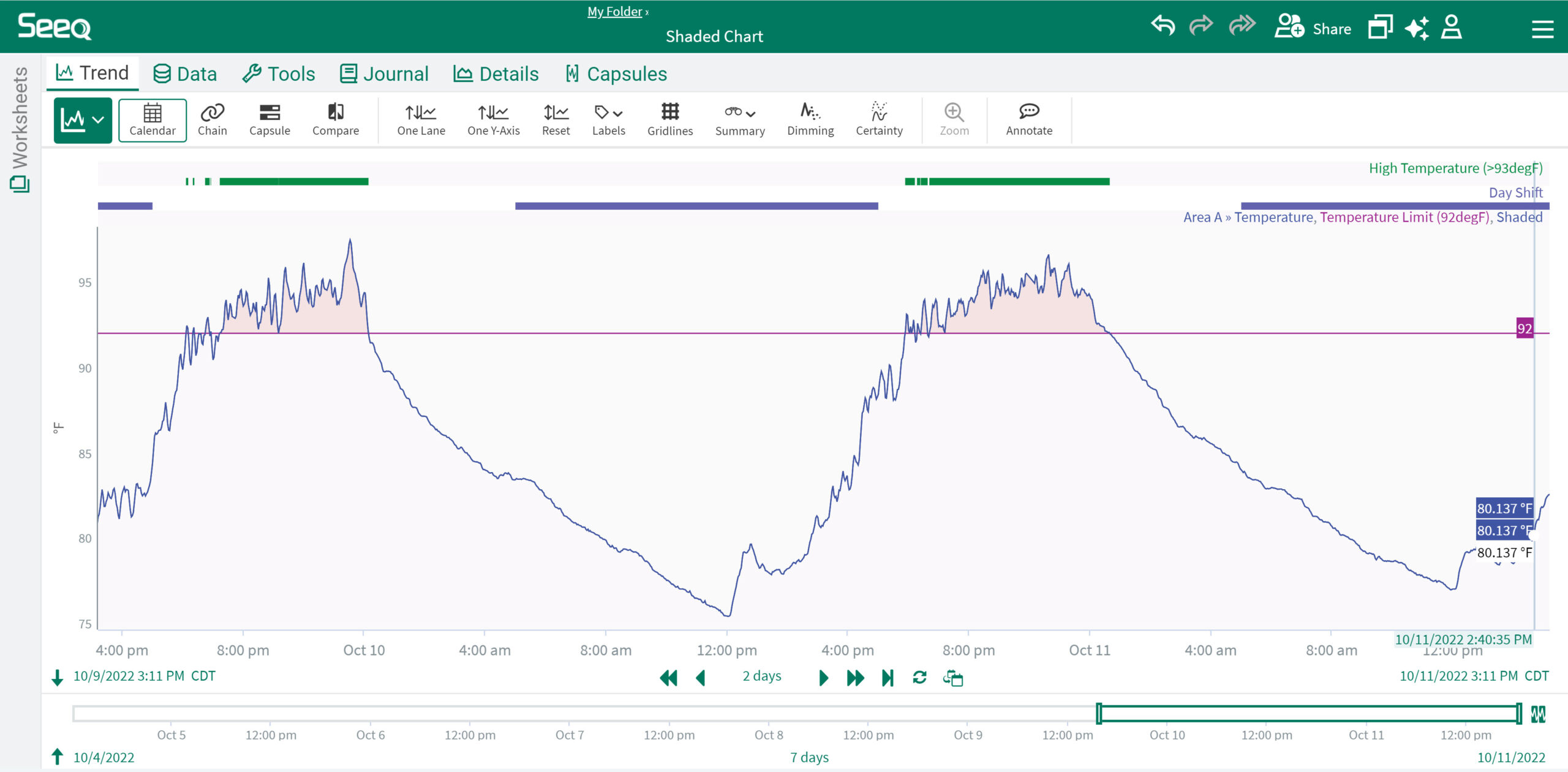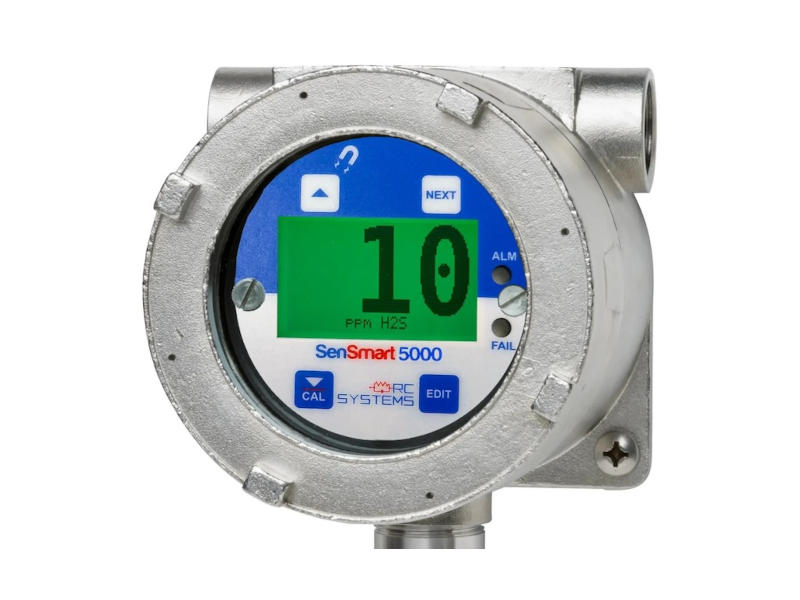Repetitive failures can be prevented with routine maintenance, in turn increasing productivity and profits.

Shortly after the onset of the Industrial Revolution, the subject of machine maintenance became a focal point for success by manufacturing organizations. Companies engaged in the manufacturing of goods for sale realized that machines and processes had to perform effectively in order for a company to create and deliver product. Furthermore, these machines and processes had to operate in at least a minimally cost-effective manner in order for the company to have the opportunity to be profitable.
Early on, the goal for maintenance of assets was to “keep them running as best you can” in order to meet daily production tickets. Mechanics that were good at this were considered valuable and sometimes referred to as heroes. But in general, management viewed maintenance as necessary but of minimal value except when a machine broke down.
Little investment was made in anything other than basic preventative measures that would help keep the machines running today, because emphasis was placed on immediate reward—what would $1 of preventative effort expended today do for bottom-line profitability today. There was simply little perceived justifiable return on such an investment.
Managers and engineers in the field of maintenance, over time, came to realize that repetitive failures of their machines could be reduced by investigating and performing some maintenance while the machinery was running and while it was scheduled down, and that this practice would lead to increased productivity and profit.
The concept of preventative maintenance as we know it today grew from these initial efforts 150 years ago. Significant study has since gone into the subject of asset maintenance, and many how-to tools have evolved over the years to further the cause of effective maintenance. These how-to tools have led to the creation of buzzwords and the popularity of various programs that offer ways to achieve the most effective performance of maintenance, or “effective maintenance.”
Defining effective maintenance
Maintenance must be considered a component of operational excellence. But what is “effective maintenance?” As with all key components of operational excellence, clearly understood and agreed upon definitions of those components are critical to success. Unless everyone associated with a program has the same understanding of the program and its components, its likelihood for success is limited.
For this reason, “effective maintenance” must be clearly defined and all those involved must be in agreement with the definition. Unfortunately, there is no standard definition of the term.
Wikipedia yields the following information for the term “effective.”
- efficiency: doing things in the most economical way (good input to output ratio)
- efficacy: getting things done, i.e. meeting targets
- effectiveness: doing "right" things, i.e. setting right targets to achieve an overall goal (the effect)
For our purposes, then, being “effective” should incorporate doing the “right” things, defining an overall goal, determining the things that need to be done to achieve that goal, determining the correct targets (metrics) required to measure performance relative to that goal, and then getting those things done (perform the work).
For the term “maintenance,” Wikipedia offers considerable discussion of various maintenance strategies but provides no simple, consistent definition. The most recurring theme in the various discussions is as follows:
- The primary goal of maintenance is to avoid or mitigate the consequences of failure of equipment.
So, if we combine this information, “effective maintenance” is that work performed according to a defined plan in order to avoid or mitigate the consequences of failure of equipment, and doing that work in the most cost-efficient manner.
The defined plan incorporates the following factors:
- A clearly defined goal for avoiding or mitigating the consequences of equipment failure (e.g., 95% equipment availability with maintenance cost less than 4% of replacement asset value as the stated goal)
- Definition of the consequences of equipment failure (e.g., dollars lost revenue per hour of unscheduled downtime; safety issues; etc.)
- An understanding that all parties associated with the equipment, and responsible for and/or accountable for equipment performance, must understand, support, and be accountable for achieving the goal
- A formalized plan for achieving the goal (e.g., a defined maintenance strategy [Reliability Centered Maintenance , Preventive Maintenance Optimization, etc.], with Standard Operating Procedures)
- Metrics for gauging performance and progress toward goal achievement, including both leading and lagging indicators (e.g., percentage of preventive maintenance completed, percentage of corrective maintenance, percentage of equipment availability, overall equipment effectiveness, etc.)
- An understanding by all parties of the “right” things to do and when to do them (e.g., specific applicable reliability tools such as: precision maintenance, Root Cause Analysis, 5S, etc.)
With a definition established for “effective maintenance,” we can begin to see where shortcomings that contribute to ineffectiveness in a maintenance program may arise.
Put the definition into practice
Practitioners of maintenance management, reliability, operational excellence, asset management, or any similar endeavor often propose programs to their senior management for optimizing the performance of the assets they are charged with maintaining. The idea for adopting a particular program may come from a source or group of sources the manager has come in contact with that have demonstrated successful results from this program’s adoption.
The initiative for a particular program could also come from a top-down source, such as a plant manager or director having hit upon a “buzzword” for a program that he or she feels will give the operation a competitive edge. The manager or engineer will research the program and its fit for the particular application, evaluating whether he or she feels it can successfully improve aspects of asset operational performance if adopted. Once the program is implemented, operational performance may or may not improve. Let’s look at possible reasons that a program implemented to bring more effective maintenance performance to the organization might not bring the anticipated improvements. Or, put another way, what are the barriers to effective maintenance?
Barriers to effective maintenance
There are five generally accepted basic approaches or strategies by which organizations perform maintenance. These are expressed in The Maintenance Spectrum. The first two of these strategies, Regressive and Reactive, are typically not stated strategies but their components are understood by all within the organization as the way they do maintenance, or the accepted maintenance culture for the organization. Studies such as that by the RM Group, Inc., shown below, reveal that more than half of companies perform maintenance in a Reactive culture. In general, we can say that these companies give little strategic thought to the maintenance function. However, when companies do incorporate this function into their strategy, it typically leads them into the Planned phase of the Spectrum. Only about 20% of companies progress to the more advanced approaches of Precision and Strategic maintenance. These companies have come to the realization that the maintenance function is much more than a necessary evil and, if conducted and managed properly, can contribute significantly, both directly and indirectly, to the company’s bottom line.
What separates a company that is content to live with a Reactive maintenance culture from one that realizes that more focused effort will be of great benefit? The answer is not simple. If it were, everyone would have bought into the concepts and would be seeing effective maintenance. My experience in working with many companies in different industries points to two common, distinct issues that prevent companies from moving up The Maintenance Spectrum from a Reactive culture of maintenance performance to a culture of sustained effective maintenance, with the corresponding benefits, in their organizations.
The first factor is education of the key influencers in the organization. By key influencers, I mean the C-Level management team or at least the operations director or plant manager level of the company. This level of management must fully understand, buy into, support, and demand accountability for the components of whatever maintenance program a company chooses to adopt to move it from a Reactive maintenance culture to one in which maintenance will be effective. A lower level member of management, maintenance manager, plant engineer, etc., may originate the idea and may be charged with managing or coordinating the program, but if senior-level management does not drive the program and demand compliance and accountability from all involved, there will be too much temptation to deviate from it on a case-by-case basis, and the program will either fail completely or fall short of its goals.
By education, I mean that everyone associated with the program fully understand and subscribe to the program itself, and understand and participate in the development of all the factors for their organization described above in the definition for “effective maintenance” (the goal, the plan, the metrics, and the “right” things).
The second factor is commitment by all involved, both directly and indirectly, with the maintenance function. This means commitment to the components of the program and to the factors defining effective maintenance for their plant or facility. Commitment must start with senior management and be driven down throughout the organization. For a maintenance program to be effective, senior management must demand and hold accountable everyone associated with the program. Without commitment and accountability at all levels of the plant or facility, there will be too many opportunities to deviate from the program, resulting in loss of maintenance effectiveness and the associated benefits. Such a loss results in reverting to the old way of doing things, the Reactive culture (just get it running; don’t worry about tomorrow).
Achieving effective maintenance
I have seen in the literature many articles discussing maintenance performance, many programs promoted for improving maintenance performance, and many discussions on what keeps a company or organization from achieving effective maintenance. I have experienced successful and effective maintenance programs, and I have seen ineffective maintenance programs. Although many factors are involved in achieving effective maintenance, the two factors I have noted here—education of senior leadership, and commitment and accountability by all involved—are the two common factors in those organizations that experience sustained effective maintenance.
I have included data here intended to pique the interest of senior-level managers who may wonder what’s at stake if they continue to allow their maintenance operation to run in a Reactive mode versus moving up The Maintenance Spectrum and requiring "effective maintenance."
Reed is director, technical operations, for UGL Services Plant Services. Reed received his BS in industrial engineering and management from Oklahoma State University and is an SMRP-accredited certified maintenance reliability professional. He draws on over 40 years of experience in maintenance and maintenance management in the electronics, rubber, and food and beverage manufacturing sectors, as well as in facilities maintenance.



